Volcanoes have long been a source of myths and legens. To ancient cultures, volcanoes’ power could only be explained as acts of gods or demigods. We now know that volcanoes are in fact the result of the tectonic movements of the Earth’s crust.
But although we understand their inner workings they still represent a force of nature that can be intimidating and bewildering. Here is our list of the most amazing volcanoes in the world.
12. Mount Yasur
Mount Yasur is an active volcano on Tanna Island, Vanuatu with a height of 361 m (1,184 ft) above sea level. The glow of the volcano was apparently what attracted Captain James Cook on the first European journey to the island in 1774.
It is one of the most easily accessible live volcano in the world. Anyone can walk right up and peer down into its fiery belly. Its eruptions, with fire and brimstone and flying ash , usually occur several times an hour.
11. Cotopaxi
Cotopaxi is the second highest summit in Ecuador, reaching a height of 5,897 m (19,347 ft). The volcano has one of the few equatorial glaciers in the world, which starts at the height of 5,000 meters (16,400 ft). The mountain is clearly visible on the skyline from Quito.
Cotopaxi is one of the highest active volcanoes in the world with more than 50 eruptions since 1738. The main danger of a huge eruption of Cotopaxi would be the flow of ice from its glacier.
10. Mount Bromo
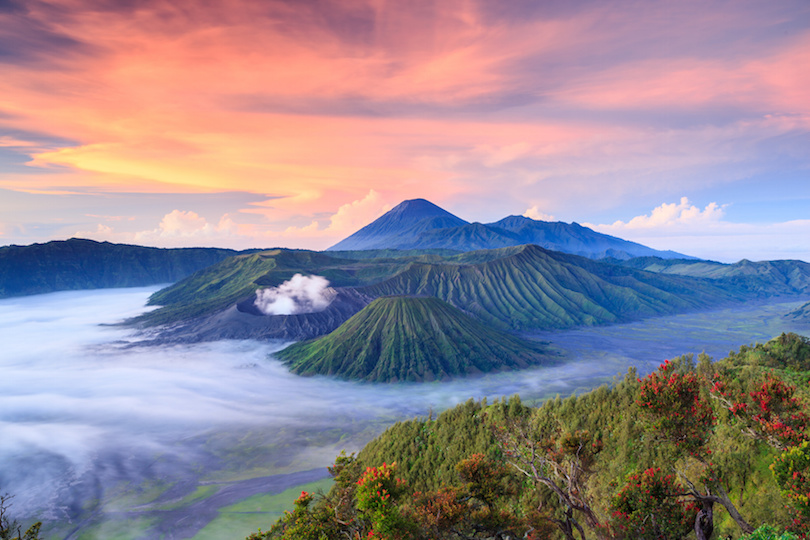
Gunung Bromo is an active volcano and part of the Tengger massif, in East Java. At 2,329 meters (7,641 feet) it is not the highest peak of the massif, but it is the most well known. The area is one of the most visited tourist attractions in Java.
The top of the volcano has been blown off and the crater inside constantly belches white sulphurous smoke. It is surrounded by the Laut Pasir (Sea of Sand) of fine volcanic sand. The overall effect is unsettlingly unearthly, especially when compared to the lush green valley’s around the Tengger massif.
9. Krakatoa
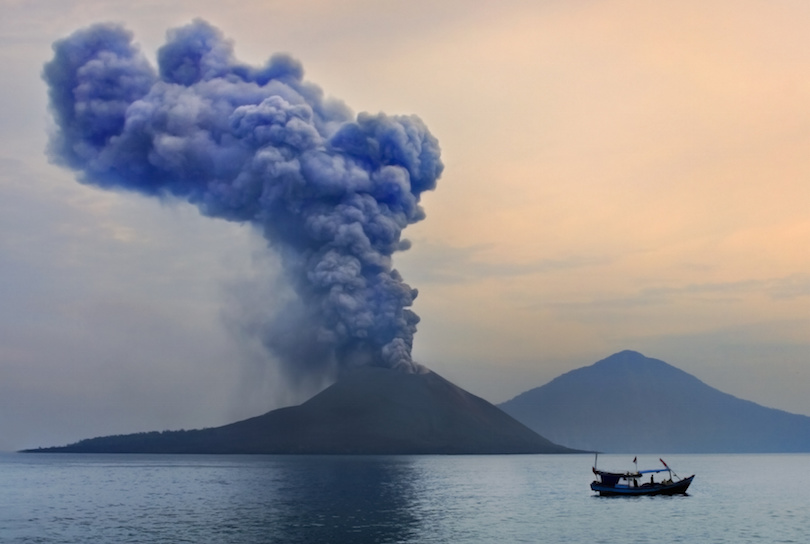
Krakatoa (Gunung Krakatau) is a volcanic island between Java and Sumatra. The eruption of mount Krakatoa in August 26-27 in 1883 was among the most violent volcanic events in modern and recorded history.
The eruption was equivalent to 200 megatons of TNT—about 13,000 times the nuclear yield of the atomic bomb that devastated Hiroshima. The cataclysmic explosion was distinctly heard as far away as Perth in Western Australia, about 1,930 miles (3,110 km) away.
In 1927, eruptions caused smaller Anak Krakatau (“Child of Krakatoa”) to rise from the sea, and the emerging volcanic island continues to grow at an average rate of 7 meters per year. The latest eruption of Anak began in 2008 April and continues today.
8. Arenal Volcano
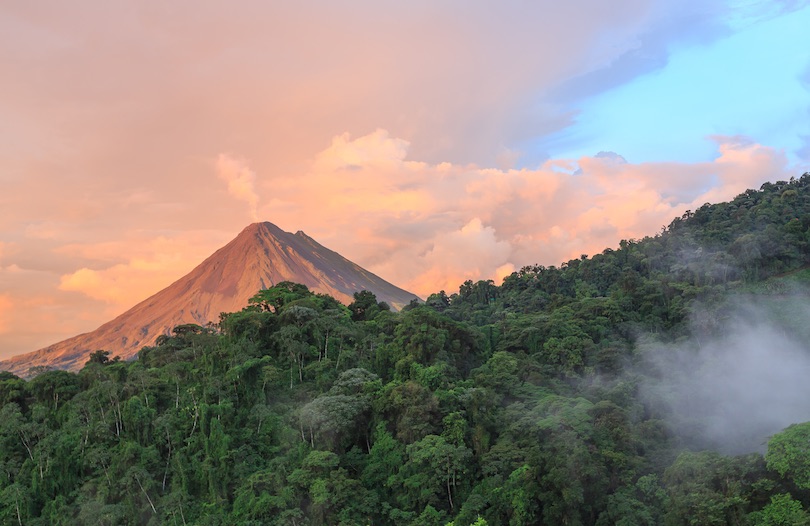
Volcán Arenal, is Costa Rica’s most active volcano, located 90 km (56 miles) north-west of San José. The Arenal volcano rises 1,657 meters above sea level and overlooks Lake Arenal. It is geologically considered a young volcano and the age is estimated to be less than 3,000 years.
In 1968 Arenal had an eruption and destroyed the small town of Tabacón. Due to the eruption three more craters were created on the western flanks but only one of them still exists today.
7. Mount Etna
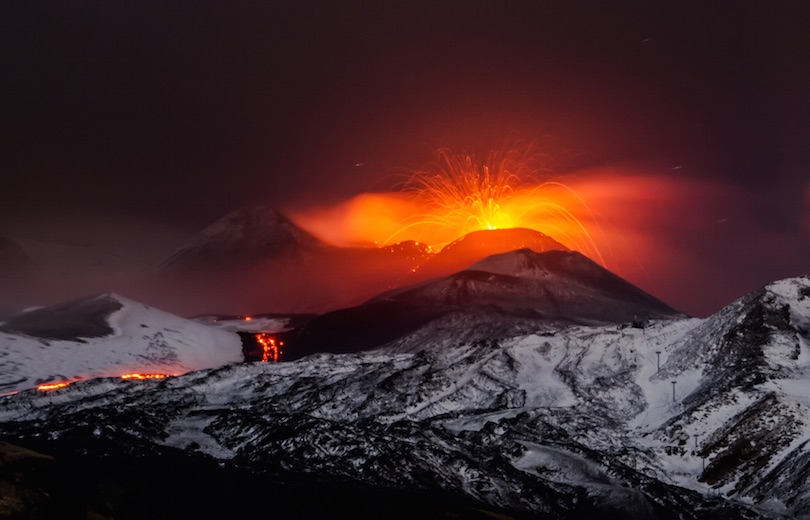
Mount Etna is the second largest active volcano in Europe, currently standing 3,329 meters (10,922 ft) high, though this varies with summit eruptions. The mountain is 21 meter (69 ft) lower now than it was in 1981.
Located on the east coast of Sicily, the fertile volcanic soils support extensive agriculture, with vineyards and orchards spread across the lower slopes of the mountain and the broad Plain of Catania to the south.
6. Osorno Volcano
Volcán Osorno is a 2,652 m (8,701 feet) tall conical stratovolcano lying in the Los Lagos Region of Chile. It stands on the southeastern shore of Lake Llanquihue, and also towers over Todos los Santos Lake. Osorno is known worldwide as a symbol of the local landscape, and is noted for its similar appearance to Mount Fuji.
Osorno is one of the most active volcanoes of the southern Chilean Andes, with 11 historical eruptions recorded between 1575 and 1869. The lava flows generated during these eruptions reached both Llanquihue and Todos los Santos Lakes.
5. Mount Vesuvius

Mount Vesuvius is best known for its eruption in AD 79 that led to the destruction of the Roman cities of Pompeii and Herculaneum and the death of 10,000 to 25,000 people. It has erupted many times since and is today regarded as one of the most dangerous volcanoes in the world because of the population of 3,000,000 people living nearby. The height of the main cone has been constantly changed by eruptions but presently is 1,281 m (4,202 ft).
4. Kilauea
Kilauea is the most recent of a series of volcanoes that have created the Hawaiian Archipelago. It is a very low, flat shield volcano, vastly different in profile from the high, sharply sloping peaks of stratovolcanoes.
Kilauea is one of the most active volcano on the Earth, an invaluable resource for volcanologists. Thirty-three eruptions have taken place since 1952, not including the current eruption which started on January 3, 1983 and is still ongoing.
3. Mount Fuji
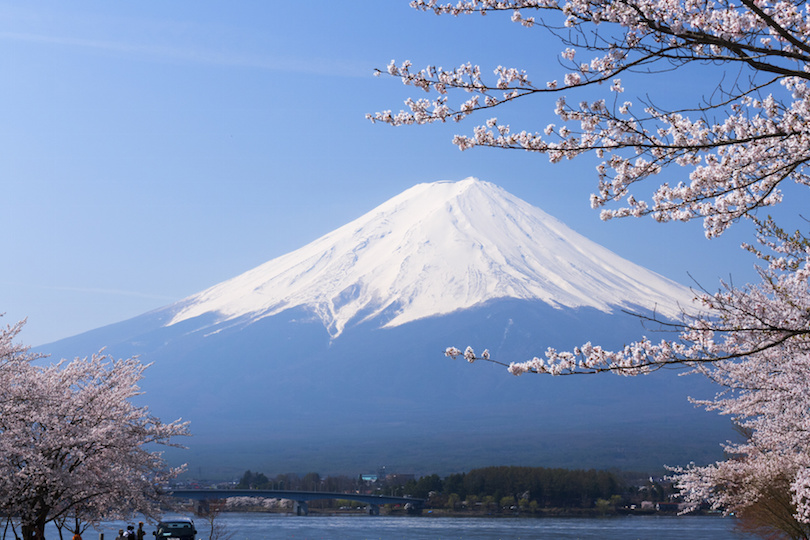
Mount Fuji is the highest mountain in Japan at 3,776 meters (12,388 ft). The volcano’s exceptionally symmetrical cone is a well-known symbol of Japan and it is frequently depicted in art and photographs, as well as visited by sightseers and climbers. It is currently classified as active with a low risk of eruption.
The last recorded eruption was in 1708. A popular tourist attraction, an estimated 200,000 people climb Mount Fuji every year, 30% of whom are foreigners. The ascent can take anywhere between three and eight hours while the descent can take from two to five hours.
2. Mayon Volcano
Mayon Volcano is renowned as the “Perfect Cone” because of its almost perfectly conical shape. The upper slopes of this amazing volcano are steep averaging 35-40 degrees and are capped by a small summit crater. Its sides are layers of lava and other volcanic material.
Mayon is the most active of the active volcanoes in the Philippines, having erupted over 49 times in the past 400 years. The most destructive eruption of Mayon occurred on February 1, 1814 bombarding the nearby towns with volcanic rocks, killing 2,200 locals.
1. Mount Kilimanjaro
Mount Kilimanjaro is a currently inactive stratovolcano in north-eastern Tanzania, near the border with Kenya. At 5,892 metres (19,331 feet) above sea level, Kilimanjaro is Africa’s highest peak and the world’s highest free-standing mountain. As such – and aided by its relatively easy ascent – Kilimanjaro has become a major destination for mountaineers and trekkers from around the world.
Although positioned close to the equator, Mount Kilimanjaro is famous as Africa’s snow-capped mountain looming over the plains of the savannah. The top of the mountain however has seen a retreat of the most recent covering of glaciers in recent year.

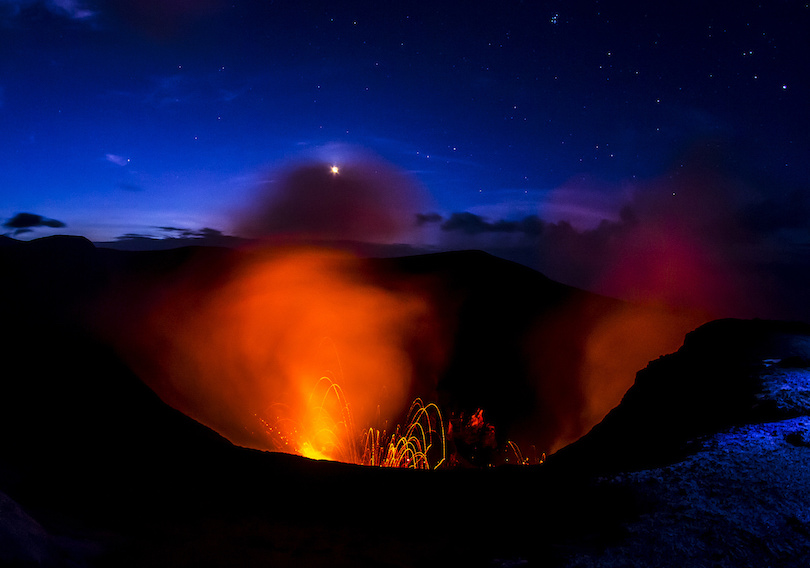
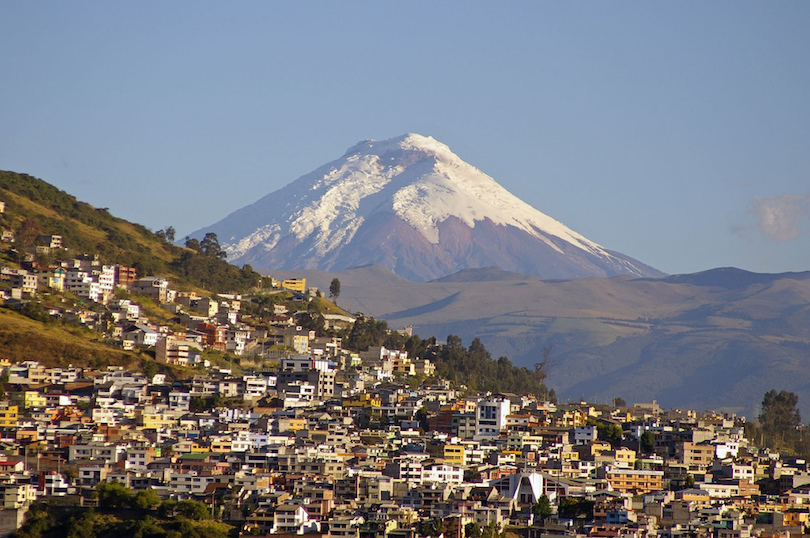
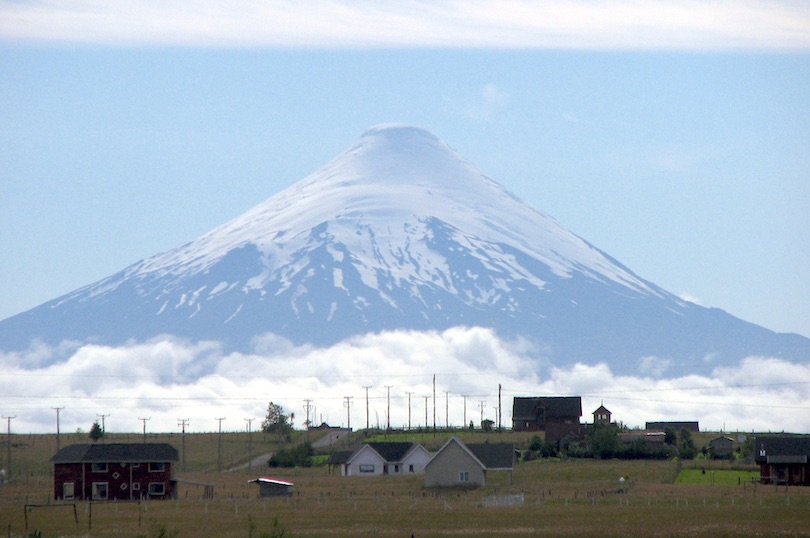
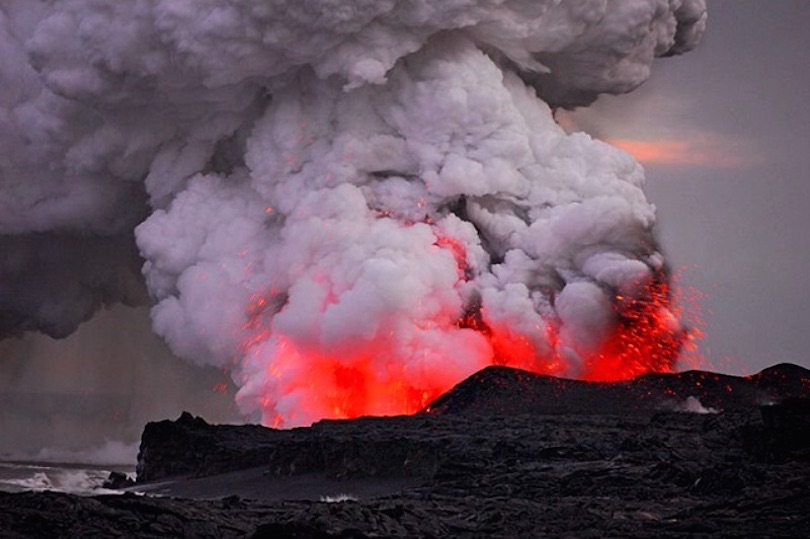
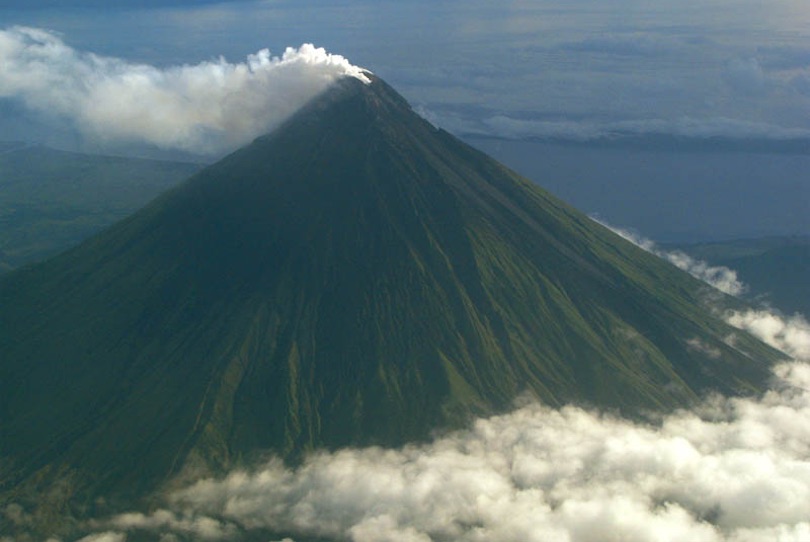
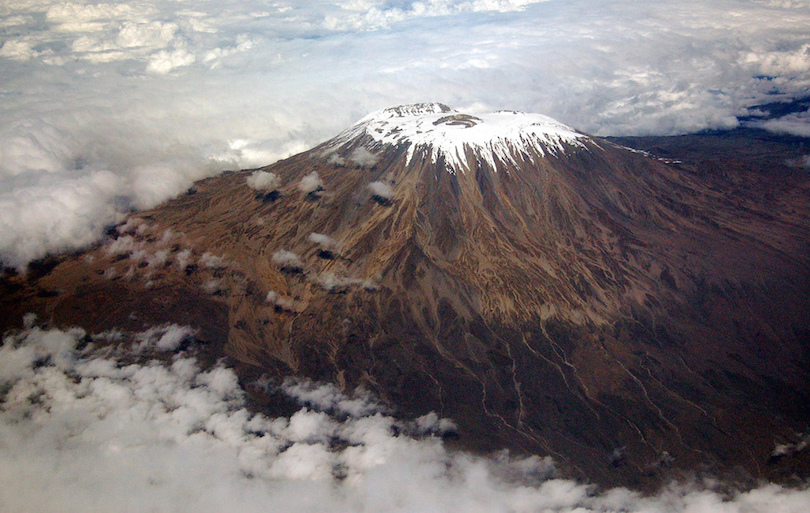
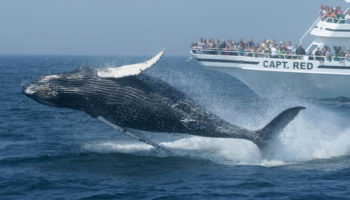
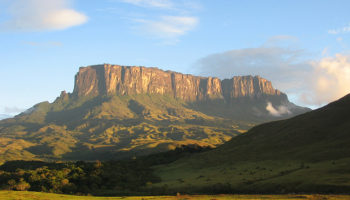
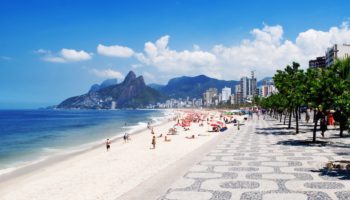
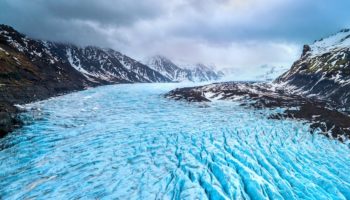
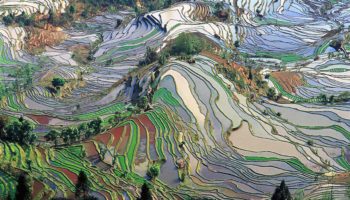
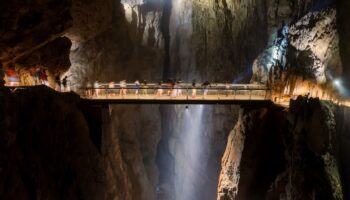
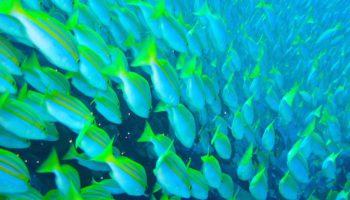
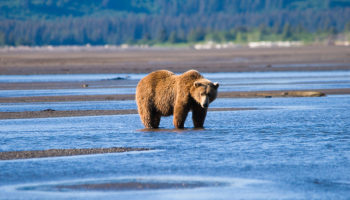
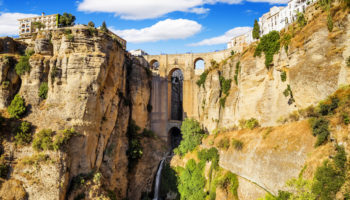
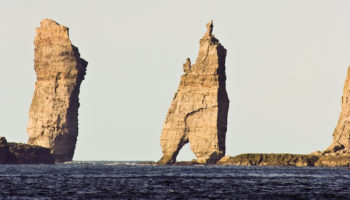
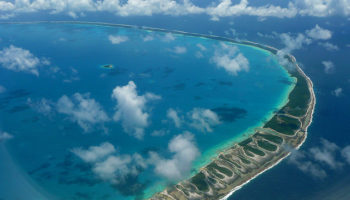
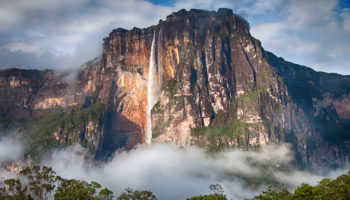
You need to have an update on Kilauea, big eruption in October of 2018, because I went there and it is awesome. This site is great otherwise. I recommend it for everyone.
Touropia, is I think the best website for info. I needed innfo for the most important volcanes, rivers, and mountains. Touropia showed me all that info and a lot about each river, etc. Thanks so much and I’d recommend touropia to anyone.